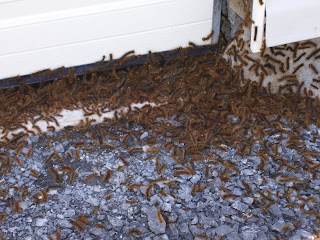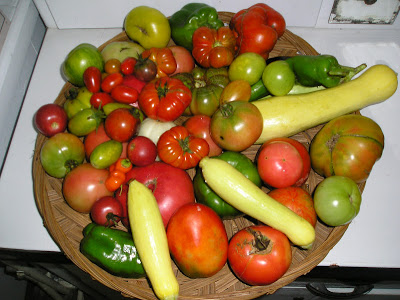Although its name would lead you to believe otherwise, the Lenten Rose is not a rose, but a member of the genus
Hellebore. Helleborus x hybridus derives the name Lenten Rose from its flowers' resemblance to small roses, and the fact that its blooming season is very early, coinciding with the pre-Easter season of Lent. If ever there was a plant that needed a new name, it would be hellebore. No part of that name sounds like something you would want. Sounds more like someone you would not want to invite to a cookout. Actually there are some 15 species of hellebores with ornamental appeal.
Hellebores were mentioned in medieval medical texts as a treatment for worms and as a purgative.
Gerard, the author of a famous 1633 English herbal, notes that Hellebores were to be found in many a London garden. He also mentions two species found growing wild in English countryside. It is possible that these were introduced as early as the 4th century A.D. by members of the Roman legions, according to the University of Arkansas Cooperative Extension.
Hellebores.org states that if you were to go to your local nursery or garden center and pick up an unbloomed hellebore plant, chances are its color would range from shades of white to magenta, with various pinks and mauves (spotted or unspotted) being common. Your plant would almost certainly be Helleborus x hybridus. There are endless combinations of spotting and veining, along with the possibility of doubles or semi-doubles. The flowers would have a range of shapes and sizes, from round cup-shaped overlapping sepals to pointed star-shaped sepals.
Garden Guides offers some good information on hellebores. In late winter, new evergreen leaves emerge along with a flowering stem which produces several 2 1/2-inch flowers. The flowers are extraordinarily long-lasting, persisting for six to eight weeks. Flowers are in shades of white and pink, changing color during their long bloom, with white flowers turning more greenish, and pink flowers becoming a deep, rosy tan. A mature plant forms a clump about 24 to 30 inches wide, and nearly as tall, and can have well over 50 blooms in various shades of color.
Lenten Rose like well-drained, fertile soil. They will grow in full shade, but flower better with some sun. They are quite drought tolerant, requiring little extra watering once they are established. The foliage is evergreen, but when the new blooms emerge in late winter, it is best to tidy the plant by carefully trimming off the old, tattered leaves. The leaves can cause a mild skin irritation, so gloves are recommended when handling this plant.
Both the flowers and leaves are poisonous, making the Lenten rose a good choice in gardens where deer grazing is a problem, since they will not bother it. The
University of Illinois Extension Service recommends Lenten rose as both a specimen plant and as a ground cover planted in mass. It makes a good companion for other early-emerging perennials such as bleeding heart, trillium and ferns.
I have just recently become enthralled with Lenten Rose. Once you discover hellebores (in addition to your favorite old gardening shoes and mulch), you will wonder how you ever gardened without this 2005 Perennial Plant of the Year...I know, I am a little slow.



























